Overview
HMI (Human-Machine Interface) refers to the interface between humans and machines, usually used to control and monitor the operating status of the machine.
Unimat has been focusing on industrial automation for 20 years and currently launched the exquisitely designed UH400 and UH500 series hmi panels. Unimat industrial hmi has industrial-grade quality, rich interfaces, supports secondary development, and has a sophisticated dust-proof design, making it strong and durable.
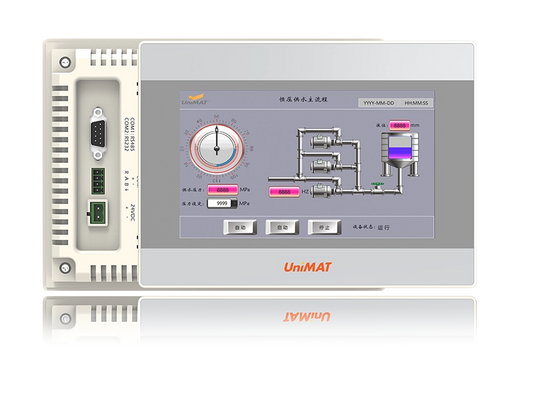
UH series Industrial HMI
Operate simplely and directly
Configuration software:Uniface
Efficient interaction
Rich interfaces
4.3' 7'and 10'
Customized interface
Data visualization
Makes production process easy to control
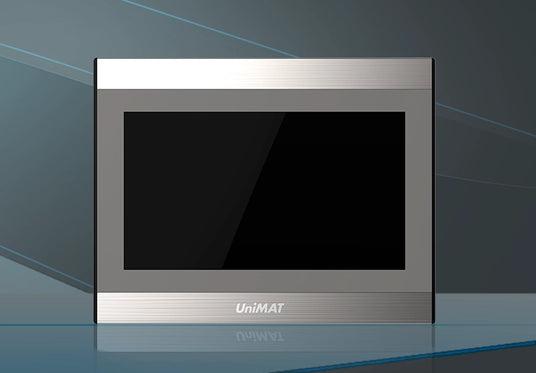
Frequently Asked Questions About HMI panels
Regarding the frequently asked questions about industrial hmi, we only made a series of video and text content. If you encounter these problems, you may wish to take a look at these materials, they will give you some answers. If these contents still can not give you the answer, please contact us.
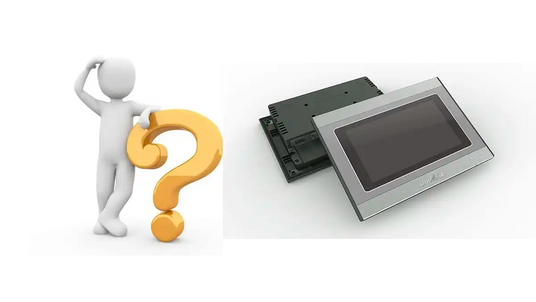
What is HMI (Human Machine Interface)
HMI, also known as human-machine interface, is a device that can receive instructions and feedback from the PLC that controls process automation equipment. It can also be understood as a user interface or dashboard that connects people to machines, systems or equipment. HMI is most commonly used in the field of industrial control.
HMI panels is usually connected to a programmable logic controller (PLC), which is responsible for controlling the process based on the input of the HMI and field sensors. HMI can provide information to relevant operators and allow relevant personnel to enter commands and transmit the instructions to the PLC for implementation.
In simple terms, hni panels is the matchmaker needed for communication between people and machines. Without this matchmaker, it is difficult for people and machines to communicate.
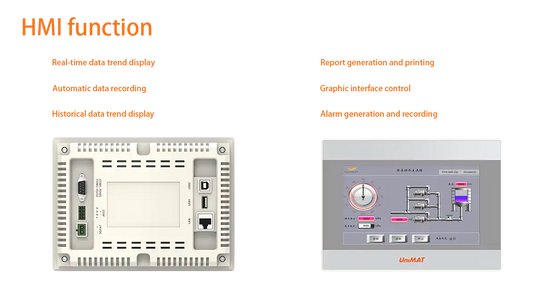
What are the functions of HMI panels?
There are many types of HMI interfaces, including RS232, RS485, and RJ45 network cable interfaces. For example, in a factory, we need to collect information such as temperature, humidity, and the status of machines in various areas of the factory, monitor and record these parameters through a main controller, and be able to handle some unexpected situations when they occur. This is a very typical application of HMI. Generally speaking, the HMI system must have several basic capabilities:
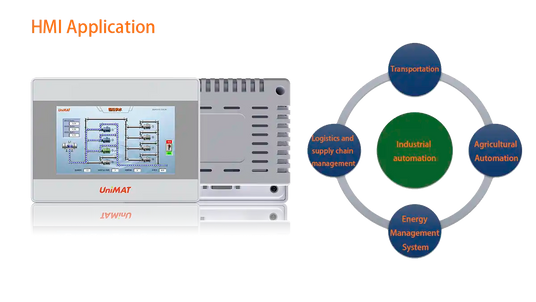
Common uses and fields of HMI panels
HMI (Human-Machine Interface) can be applied to many different scenarios and industries, including but not limited to the following aspects:
HMI (Human-Machine Interface) can be applied to many different scenarios and industries, including but not limited to the following aspects:
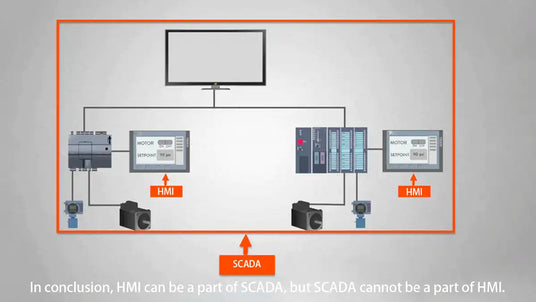
Difference between HMI and SCADA
A human machine interface (HMI) is a user interface that allows a human operator to interact with a machine or process. HMIs are commonly used in industrial settings to allow operators to monitor and control processes, and are usually connected to a programmable logic controller (PLC), which is responsible for controlling the process based on input from the field HMI and sensors. The HMI simply provides information to the operator and allows them to enter commands, which are then sent to the PLC for implementation.





